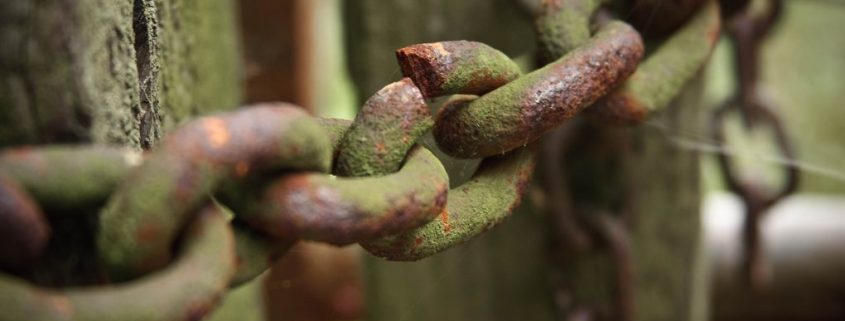Using stress scenarios to manage risk and enhance strategy
I recently ran a small project for the technology division of a major financial institution that is planning its workforce requirements over the next 3-5 years.
They recognized that there are substantial uncertainties to their planning, including how financial services will be delivered, the types of technologies that will be used, the specific skills that will be required, the availability of those skills in the market, and the organisational structures for internal technology services.
As such they wanted to apply scenario planning to make sure they were addressing those uncertainties in their planning.
Scenario planning and stress scenarios
Traditional scenario planning is a rigourous and extensive process that examines the full spectrum of trends and uncertainties relevant to decisions, and generates a small number of scenarios that are each plausible, novel and distinct, and together cover the full breadth of relevant uncertainties.
For the project I proposed using using an extremely condensed scenario process to focus on generating scenarios that assist effective workforce planning, in particular any risks that may not yet have been surfaced. This ‘stress scenario’ approach has been used extensively in sophisticated Enterprise Risk Management processes. The core of the work was a single compact workshop for a group of mid to senior-level executives.
Identifying underlying assumptions
Before looking at stress scenarios it can be useful from a planning perspective to identify a consensus view of what is most likely to happen, what scenario planners often call “the official future”. Doing this not only uncovers executives’ implicit assumptions in their planning, but surfaces where there is alignment or differences in how key team members view what is likely to happen.
Clearly stating these assumptions gives a well-defined starting point for core planning activities, but also helps to identify possibly variations to this base case.
Stress scenarios
Depending on the degree of sophistication required, one or more stress scenarios can be generated that specifically test the organization’s ability to respond, in this case in maintaining the workforce required for what could be a very different future world.
As in traditional scenario planning, scenarios are designed to be relevant, plausible, and internally consistent, so they represent a possible future operating environment, but they are also pushing specifically away from the organization’s current ability to respond, so representing a real stress.
The stress scenarios generated can then be used to develop and refine robust strategies against an uncertain world, and as a formal check on the resilience to change of current plans.
However often the greatest value from this approach is the broadening of perspectives among participating executives. Surfacing and discussing assumptions, and pushing into plausible yet pertinent stresses enable scenario thinking and more future-aware planning.
Image: Brian Smithson



